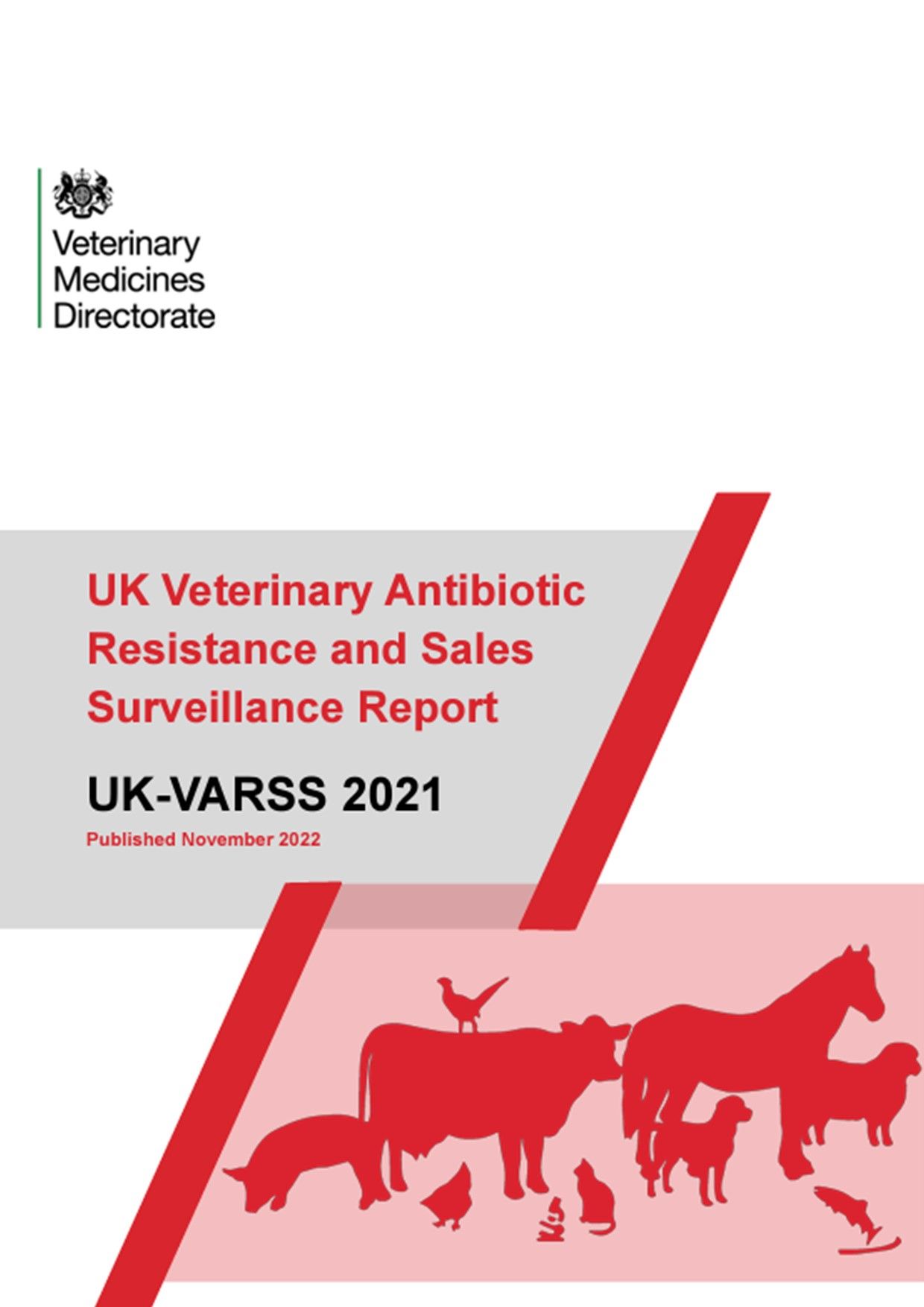Antimicrobial resistance
The UK remains one of the lowest users of veterinary antibiotics in Europe
Our Antimicrobial Resistance, Policy and Surveillance Team covers two key areas:
1. Policy
The VMD acts as policy lead on AMR issues related to animals. This is underpinned by the UK’s AMR strategy, an ambitious programme to slow the development and spread of AMR, taking a ‘One Health’ approach spanning people, animals, agriculture, and the wider environment. This involves two key documents:
- 5 year action plan - sets out a series of commitments to be achieved between 2019-2024 and includes areas such as: reducing the need for antibiotics, for example by lowering the burden of animal infections, and optimising antibiotic use
- 20 year vision - this sets out our longer-term ambition for containing and controlling AMR by 2040
Our AMR collection page on gov.uk showcases the UK's plans to see AMR contained and controlled by 2040. It includes strategic publications, details on Parliamentary inquiries and independent reviews, clinical and technical resources, as well as resources for healthcare, livestock and veterinary professionals.
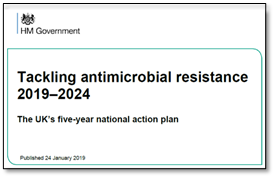
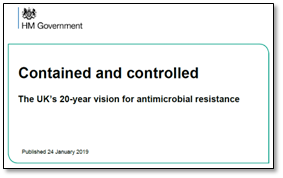
2. Surveillance
In order to effectively manage an issue such as AMR then it is vital to be able to monitor progress. Surveillance involves two key areas:
- sales and use– any use of an antibiotic can select for antibiotic resistance, so monitoring sales and use of antibiotics gives us an indication of how high the pressure on resistance may be
- Resistance – levels of resistant bacteria is monitored in both healthy animals at slaughter and in clinical samples submitted by vets for diagnostic purposes. The monitoring of resistance in healthy animals allows us to determine the background level of AMR in major food-producing animal species and helps evaluate the risks to consumers. Like ongoing AMU surveillance, it enables us to identify trends, and assess the impact of interventions. This data is also directly comparable to those generated by other countries in Europe. The primary aim of monitoring resistance in clinical cases is to inform veterinarians’ treatment options, but it also helps identify emerging resistance issues
Antibiotic Sales and Use Data and The UK Collaborative Approach to AMR
Surveillance data relating to sales, use and resistance is published in the UK-VARSS report. When considering sales and use, the latest report shows that:
- sales of antibiotics for food producing animals were the lowest to date (28.3 mg/kg) and this has reduced by 55% since 2014
- since antibiotic use data was first published for each sector, significant reductions have been achieved, including in the pig (-69%), turkey (-81%), broiler (-72%), duck (-89%), laying hen (-50%), gamebird (-55%) and trout (-69%) sectors
These reductions have been achieved through collaborative working between government, the veterinary profession and the agriculture sectors, with a focus on improved biosecurity, stockmanship and good farming practices, disease prevention (including vaccination) and use of diagnostics.
It is testament to the drive, ambition and tenacity of dedicated people across the agriculture sector, veterinary profession, and countless other sectors and highlights how antibiotic stewardship has become an important feature of UK farm management.
The story of this collaborative approach is highlighted by the Food and Agriculture Organisation (FAO) of the UN’s case study report Tackling antimicrobial resistance in food-producing animals: Lessons learned in the United Kingdom of Great Britain and Northern Ireland.
Antibiotic Amnesty
This November, for the second year running the veterinary sector is coming together to run the Antibiotic Amnesty campaign which encourages the public to return out-of-date and unused antibiotics to help tackle the growing issue of antimicrobial resistance (AMR). The campaign is designed to encourage people to bring back unused or unwanted antibiotics to their vet practice for safe disposal.
A campaign toolkit has been developed for practices and comprises a range of promotional support assets including reception posters, pre-written social media posts, newsletter content, practice guidance documents, client hand-outs, animations for use on practice screens and social media, plus many more assets.
This campaign is being led by RUMA Companion Animal and Equine and supported by many organisations including VMD.
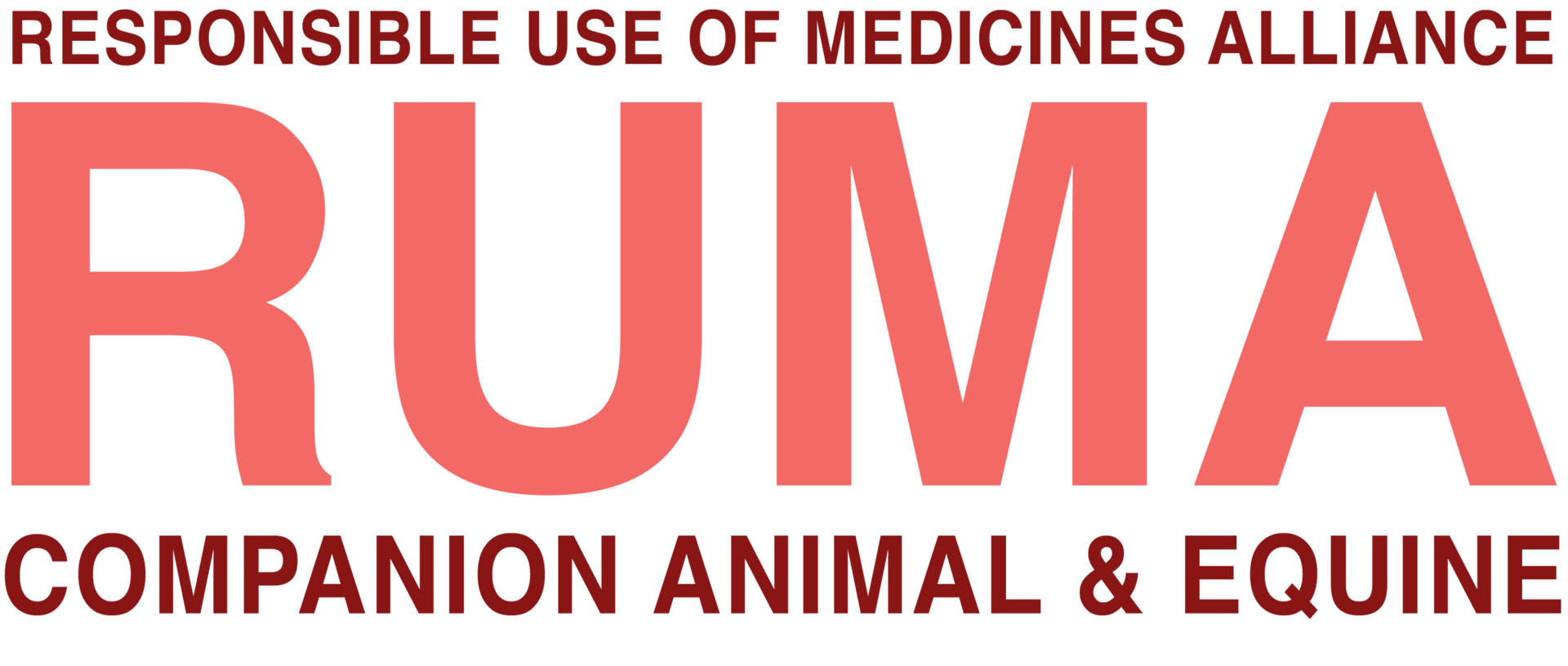
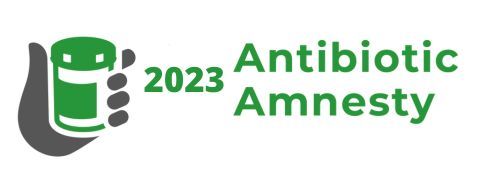
RUMA Webinar Conference 2023
The Responsible use of Medicines in Agriculture Alliance (RUMA) conference 2023, is this year being delivered via a series of weekly online webinars throughout November. Each webinar will feature panel discussions covering a range of One Health topics relating to the responsible use of medicines in agriculture. At the first of these webinars on 1st November, the Veterinary Medicines Directorate will be presenting the UK Veterinary Antibiotic Resistance and Sales Surveillance Report 2022 headlines.
Sign up to this free conference.
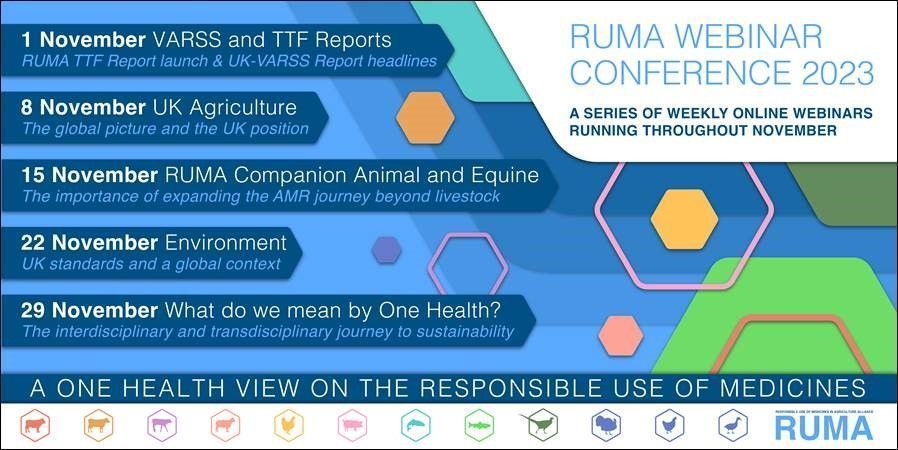
Medicine Hub launched in 2021 by the industry, for the industry
Until recently, no national system to collate antibiotic use in cattle and sheep in the UK existed.
Medicine Hub was launched in 2021 by the industry, for the industry. It is the voluntary initiative to gather and collate antibiotic use data from dairy, beef, and sheep enterprises in the UK.
Developed and hosted by the Agriculture and Horticulture Development Board, Medicine Hub’s creation has involved input from veterinary and farming organisations, milk processors, milk and meat buyers, retailers, RUMA (Responsible Use of Antibiotics in Agriculture alliance), the NFU, and the VMD.
Benefits of monitoring and benchmarking antibiotic use
- allows sectors and farms to identify trends in use
- enables the identification of relevant AMR risk factors
- informs risk management priorities and targeted measures to combat AMR and monitor their effect
- allows producers to see their own use, and the average for their production type
- enables producers to challenge themselves to improve
- helps to change attitudes and approaches
- stimulates vet-farmer conversations (for example, at an annual health and welfare review) and encourages persistently high using farms to look into their management practices and make changes
Watch for more about the Medicine Hub
VMD work with the industry to support the Medicine Hub as part of the Medicine Hub Governance and Ownership Group, the Medicine Hub Industry Liaison Group and the Medicine Hub Communications Group.
This AHDB video is aimed at vets wanting to use the Hub and demonstrates how to register, access and input antibiotic use on their clients’ farms.

Contribute to the national picture on AMU
Medicine Hub will allow reporting of the aggregated national antimicrobial use each year for the UK dairy, beef, and sheep sectors. Data always belong to the farmer and only they can give permission for others to have access to it.
Collating antibiotic use in this way will also allow farmers and their nominated advisors to monitor and benchmark their antibiotic use against similar farm types. Monitoring and benchmarking antibiotic use is an important part of practicing good antibiotic stewardship and has been shown to be beneficial in a number of ways.
Most major livestock sectors in the UK already collect and collate antibiotic use data. Annual aggregated antibiotic use data by livestock sector are published in the VARSS report. This table shows the voluntary collection, collation and publication of data in different UK livestock industries:
| Livestock sector | Usage data collection system | Percentage of sector represented | Year data first published |
|---|---|---|---|
| Meat poultry (chicken, duck, turkey) | British Poultry Council | 90% | 2014 |
| Gamebirds | Game Farmers Association | 91% | 2016 |
| Trout | British Trout Association | 90% | 2017 |
| Salmon | Scottish Salmon Producers' Association | 100% | 2017 |
| Laying hens | British Egg Industry Council | 90% | 2016 |
| Pigs | The electronic medicines book (hosted by AHDB) | >90% | 2015 |

